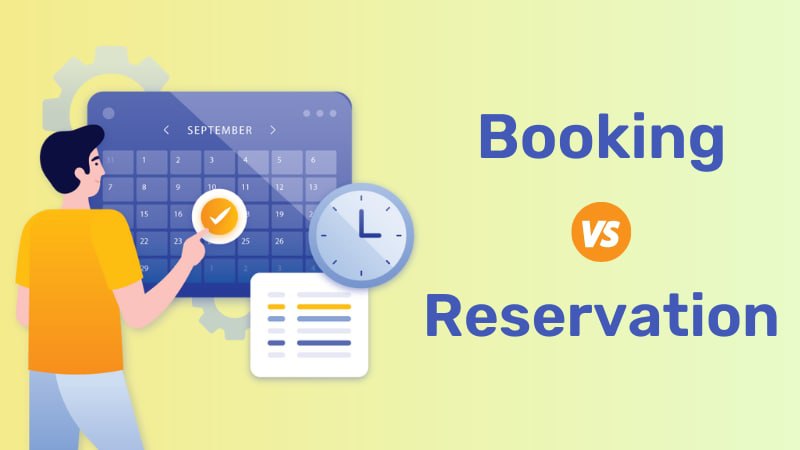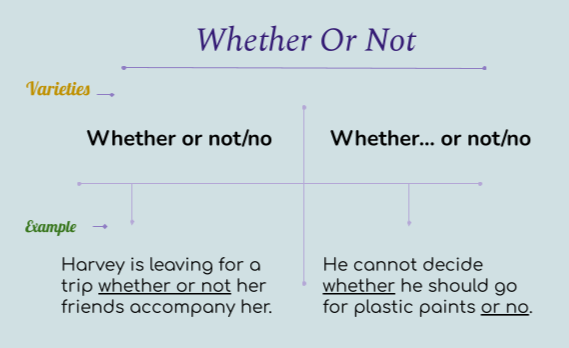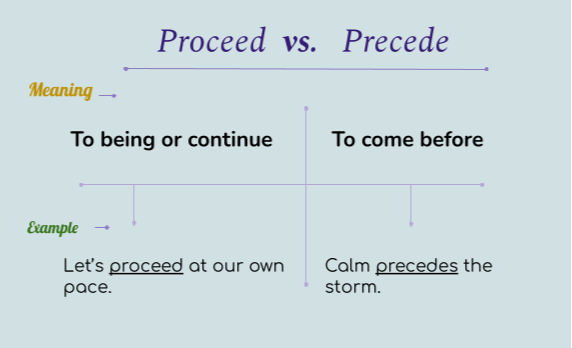Vocabulary - A Complete Guide to Improve your Word Memory
Learning vocabulary in a new language is one of the most daunting tasks when it comes to learning any language. Knowing the effective ways and following them in a methodical manner should make things easier for the learners and help the newly learned words stick in their brain. Check out the list of approaches below and proceed with the aim to improve the size of your vocabulary in any target language.
Themed Vocabulary Lists

A vocabulary list is an irreplaceable tool for learning new vocabulary in bunches. Listing a set number of words to learn each day is one of the best ways to get a good number of words into your own vocabulary. Choosing separate themes for each word list would work like magic in making sets of words stick to your mind.
Themed vocabulary lists can be split into groups by the situations or contexts they are used in where learners can learn one set at a time and preferably, one set a day. That is a great way to cluster words into lists that work well in sets. For listing words into each list, it can be a good idea to arrange them in alphabetical order for convenience.
For example, words regarding the sports theme would be - boots, gloves, pads, bat, ball, basket, pitch, helmet, etc.
Words regarding the bedroom theme would be - bed, pillow, blanket, bedsheet, cupboard, clock, table, chair, window, curtains, etc.
When you list these two sets in different categories, it helps you relate to the natural scenario of a sports field or a bedroom that you can personally relate to. That way, it becomes comparatively easier to remember what word you had learned in that particular list.
Synonyms and Antonyms
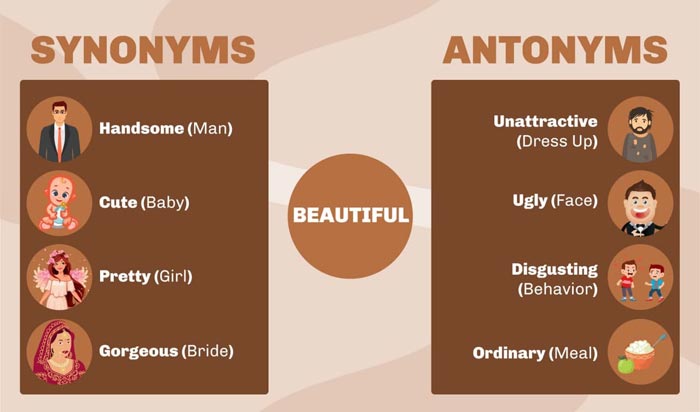
Synonyms are words with the same or similar meaning in the same language and antonyms are words with the opposite meaning. Learning the synonyms and antonyms of the words you already know can be a good way to have a few more words enter your vocabulary more easily.
Memorizing new words can be a challenge like no other. With strong associations, words tend to stick in mind for longer. With a handful of words associated with one another, using any one of the words would automatically pop the rest or a few of the rest in mind which serves as practice. Without practice and association, newly learnt words tend to vanish from memory very quickly.
For example, if you’ve already learnt the word - “alone” it will be easier to learn the words “solo,” “solitary,” “lonesome” etc. as they mean the same situation (synonyms).
A few more words like - “accompanied,” “in a group,” “in a pair” etc. can also be learnt side by side since they mean something absolutely opposite (antonyms) to “alone”.
Vocabulary Trees
New learners of any language can benefit greatly from using vocabulary trees. These trees are basically made out of words. In a vocabulary tree, there is a root word (or word portion) that the rest of the words sprout out of. The phonetic similarity of the words would help memorize them in context.
On the other hand, the visual attribution of the tree is bound to add an element of interest to the vocabulary learning scheme itself.
For example, people with photographic memory would catch the spellings better when put into the imagery of a tree where the similar portion of the words become the root of it and the branches and leaves become the words and definition of the words that embody that part of the word in some part of each of the words.
For example, if the root word is “rest,” the branched-out words would be “restless,” “resting,” “well-rested” etc. since all of them have “rest” embedded in them. A few leaves budding out of each branch can describe the meaning or facts to be known about each word.
Word Formation
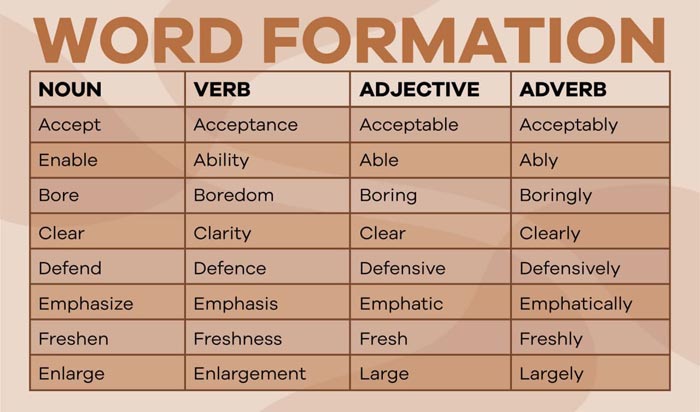
The next tool can be the word formation charts where different forms of each word are listed side by side to create associations as to how the words are formed in general. There are a handful of prefixes and suffixes in the English language that are attached to or detached from the core words to form more corresponding words across various parts of speech. Where the three previous steps work to increase the number of words learnt in quick succession, this step would disclose the mechanism of word formation to the learners.
There is research to back up the fact that understanding something works better than blindly memorizing it. The visual association too is an integral part of the list here when it comes to learning new vocabulary.
A few of the major word formation methods in English are - affixation, conversion, back-formation, clipping, compounding, borrowing, blending, coinage, blending, acronyms, reduplication, abbreviation, etc.
For example, the acronym “AIDS” is formed with the initial letters of the name of the disease - Acquired Immunodeficiency Syndrome and pronounced like a complete word. The abbreviation “HIV” of the Human Immunodeficiency Virus, on the other hand, is pronounced as individual letters. They both stand for different types of word formations in the English language.

Visual Dictionaries
General dictionaries have a long list of words, pronunciations, and meanings without any use of pictures or such. On the other hand, visual dictionaries draw close attention of the visually sensitive part of the human brain named the Visual Cortex to make connections and contextual adherence. Using visual dictionaries instead of conventional ones can make all the difference for some.
There are people out there who tend to make visual associations more strongly than the rest and visual dictionaries can be an undeniable weapon for them. But anybody should be able to recall words better with the help of visual associations as per how human brains naturally work. Learners can bring out their visual dictionaries and look up the pictures of the words they have already learnt. That way, next time they use or hear the words, the corresponding pictures should pop up in front of their eyes as they make that connection in their head.
For example, a good picture of an apple would accompany the word itself in a visual dictionary to make visual associations work better than in standard dictionaries.
Learning Collocations
Collocation indicates two or more words and word clusters that tend to pop up side by side more often than what could be considered coincidental. The word, Collocation is made out of the prefix, “Co-” which means together, and the word, “Location” means spatial position. The pairs of words referred to as “Collocations” often have out of the ordinary meanings and require being able to make advanced linguistic and contextual associations.
Learning collocations in a language is an advanced level of the vocabulary learning endeavour. This approach is for the relatively old learners of the language. If you are learning collocations in a language, you already have a pretty rich vocabulary under your belt and you are ready for the next level.
For example, “taxes” are always “raised” and never “increased” which makes “raised taxes” a collocation. Using “increased” before “taxes” will not necessarily alter the meaning but it’s just that “raised” has always been collocated with “taxes” and now it just sounds more correct than any other combinations. “Increased tax rates” collocates often, on the other hand.
Use of Technology
This is the most advanced level of language learning. Technology nowadays enables learners to seek and take help from a large number of resources of their choice. Visual materials that can help with vocabulary learning are widely available across the World Wide Web. As learners of a new language, it is always a good way to find native speakers to use the language while you listen or read.
It can be a great idea to join an online language learning communities, watch movies or TV series in the target language, connect with the native speakers over social networking sites, and find books, comics, etc. reading materials in that language to get used to how words are used in daily verbal communications and in written literature. The healthy and moderate use of technology can make language learning easy and fun.
Learning a new language is no small feat and it is stupid to think that it will be an easy task. Similarly, learning a range of new vocabulary is a monumental task here. This complete guide should make the learning process easy and organized. Mixing up these fun approaches can liven up your language learning endeavors.
Grammar
Read More
- How to Use "Therefore" in Sentences Avoiding Common Mistakes
- How to Use "Whereas" with Examples and Avoid Common Mistakes
- When and How to Use "Thus" Correctly Without Common Mistakes
- How to Use "On the Contrary" Properly with Meaning and Examples
- When and How to Use "Either/Or" with Examples and Common Mistakes to Avoid
- How to Use "On the Other Hand" Effectively without Mistakes
- How to Use "Respectively" with Example and Common Errors to Avoid
- How and When to Use "Moreover" Without Mistakes
- How to Use "Likewise" in Sentences Based on Context & When not to Use
- When & How to Use "Although" in Sentences to Avoid Mistake

